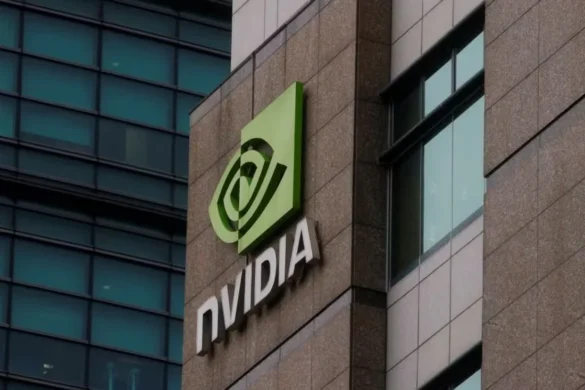Videoconferencing is frustrating, joyless, and tedious, but Google has somehow come up with a way to make it even worse: drones. As first spotted by Quartz, the search giant was this week awarded a patent for a “mobile telepresence” system using video cameras and screens fixed to quadcopters. The patent suggests the drones could be used for normal telepresence (letting someone remotely explore a second location), or to dial in to videoconferences, letting the user “interact and engage with the participants” — by flying around.
The first of these uses kind of makes sense. After all, most telepresence robots follow the iPad-on-a-Segway formula, which means they can’t go up or down stairs, and are usually placed below eye-height, making face-to-face communication a little awkward. However, using a quadcopter to dial in to a meeting seems unnecessary. If you’re only going to be in a single room, why not just use a static webcam and display. And in both cases you have to deal with the limitations of drones: the problem of stability, limited battery life, and the noise of the propellors. With our current tech, it’s not really a natural fit.
That being said, the way commercial drones are already used often crosses over into telepresence territory. FPV-drone racing is thrilling because you get to see the race from the drone’s point of view, and using quadcopters for surveillance and inspection — like checking the outside of an oil rig or monitoring crop growth in fields — is definitely just another way for a human to be present in a remote location. Basically, drones are already making telepresence more common; but that doesn’t mean they’re going to be useful in the conference room.





